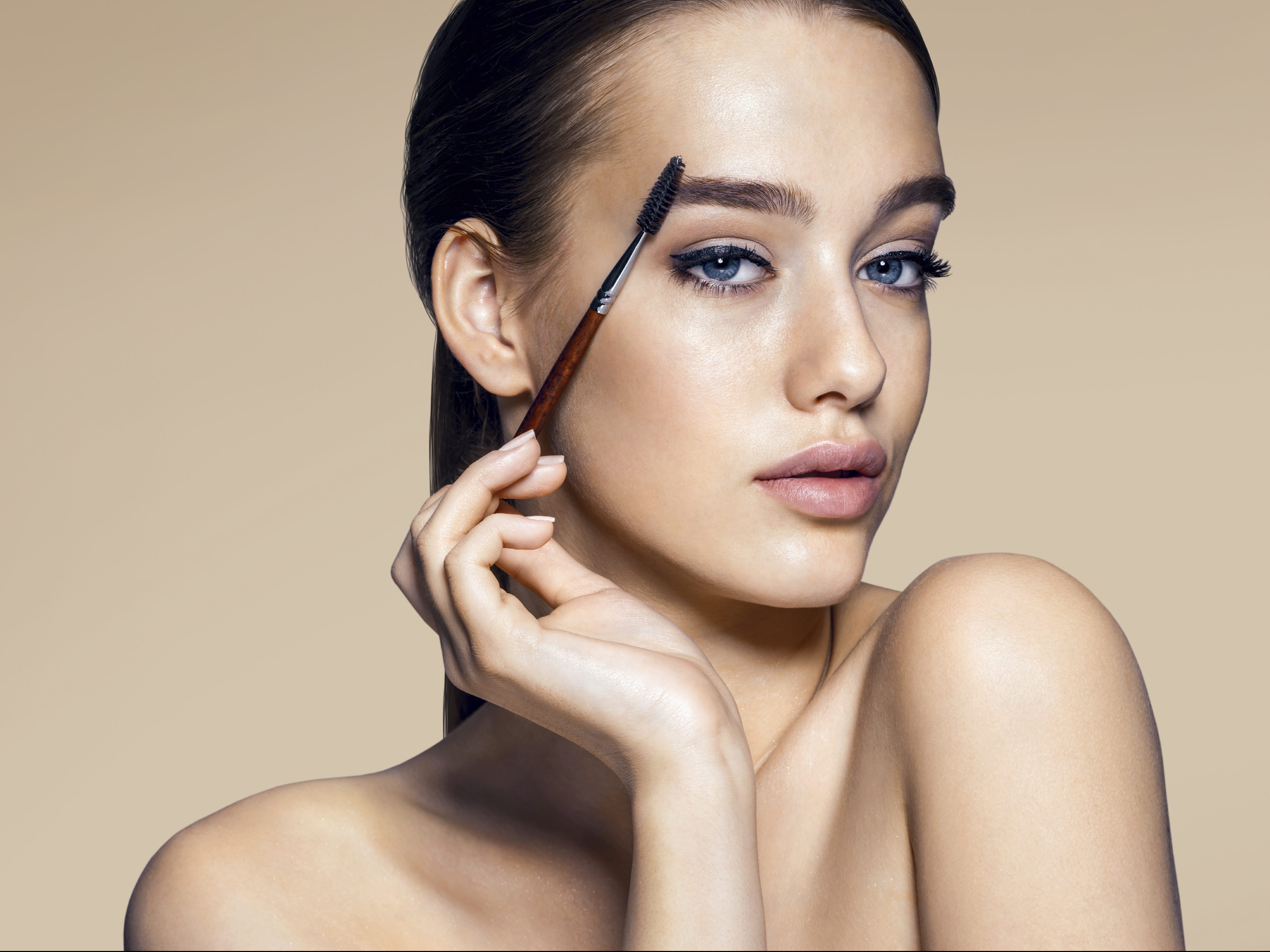Got some burning questions about waxing delicate facial areas? We ask a waxing expert the wax facts on facial waxing.

What type of wax is best for facial waxing?
“It is important that you always use hard wax for all facial waxing as strip wax can be quiet harsh on the delicate skin,” says Holly Hayes, waxing educator at Caronlab. “Using a high quality wax is extremely important. Look for waxes that are made with a synthetic resin rather than a pine resin as these are more reliable from batch to batch and also cause less irritation. Also look for a wax that contains Titanium Dioxide as this ingredient actively reduces redness and irritation. Whilst some people will always experience a slight redness after waxing we want to make sure the reactions and irritations are as minimal as possible.”
Is there an ideal wax temperature for facial waxing?
“No matter what area of the body you are waxing it should always be kept at the same temperature,”says Hayes. “Wax is more about finding the right consistency rather than a set temperature. Each heater is different so temperature and dial numbers are just a guide, not a rule of thumb. Not to mention waxes behave differently so there really is no blanket rule for all. You should be familiar with the brand of wax you are using and be able to tell if it is at a perfect working temperature just by looking at the consistency. If you are finding that you are having issues with temperature or performance, contact the manufacture and ask them for some extra information on how to best use their product.”
What is the best method of applying wax to the face?
“While the face is a small section of the body, there are still a few zones within the area that all need to be approached differently, for example; eyebrows,” says Hayes. “When waxing eyebrows it is imperative that we are able to create a neat curve with the wax so we can give our clients the perfect arch they are seeking. For this reason Brow Beater Spatulas are the perfect choice – they are thin and extremely flexible allowing you enough movement when applying the wax. For the upper lip I suggest using a cotton bud. Cotton buds are great because you can roll the tip of the bud upwards from the corner of the lip to the bottom of the nose. By being able to roll the wax on, the layer of wax stays even and in a clean line.”

What is a good product to clean skin prior and post wax?
“Using Micro Defence Foam at the beginning of the treatment will protect both the client and therapist against germs and viruses,” says Hayes. “Using it to finish the treatment will ensure no bacteria, or infections can irritate the skin while it is still tender from waxing. Micro Defence is ideal for the face as it contains no alcohol which can sting and does not have a strong smell unlike After Waxing Oil. Finish off with an After Waxing Soothing Lotion; something with a delicious fragrance like Mango and Witch Hazel is a lovely end to a treatment. It will sooth and heal the skin post wax, without leaving it feeling oily or sticky.”
Some areas of the face can get irritated by wax, how can we combat this?
“Here is where you really need to look at your wax and your technique,” says Hayes. “There are other factors such as medications, lifestyle, beauty products etc. that can also play a role in how our skin reacts, but often side effects from waxing will be the result of a poor technique or an inferior wax that irritates the skin. If you have a client that is overly sensitive I would always recommend doing a test patch to make sure the wax you are using isn’t going to cause a reaction.”

